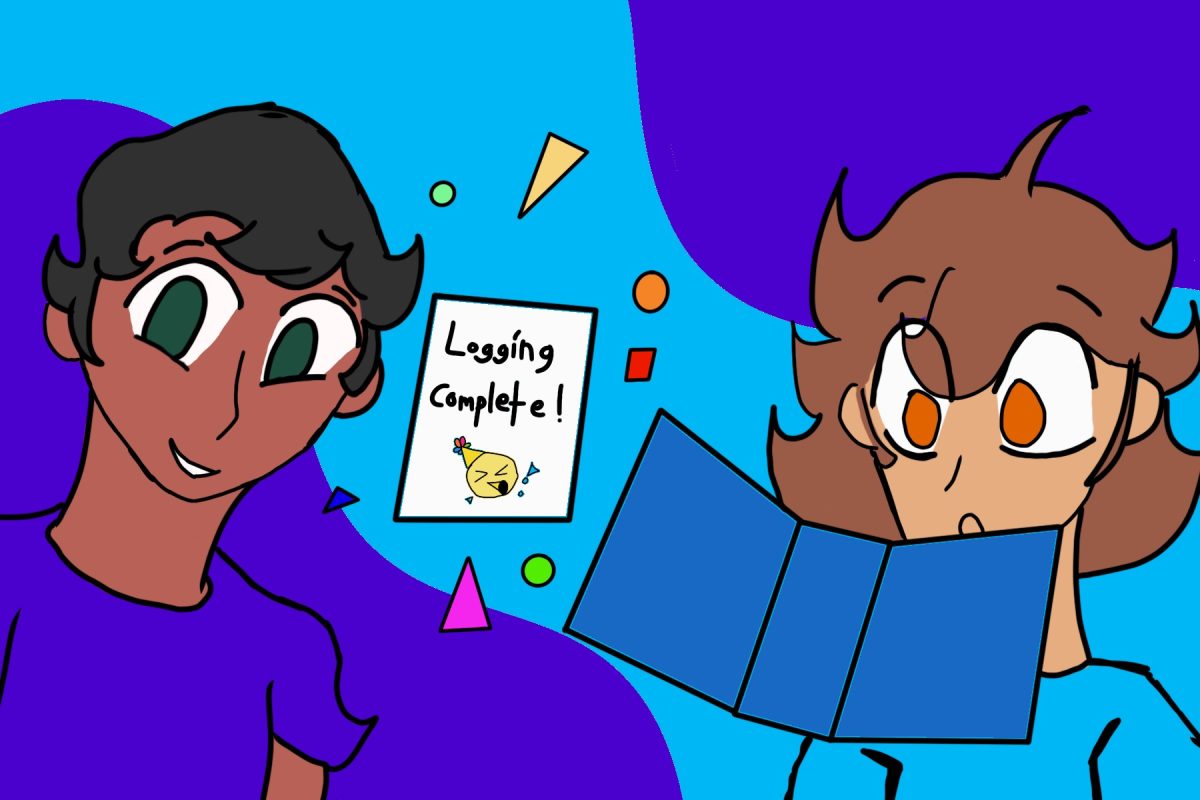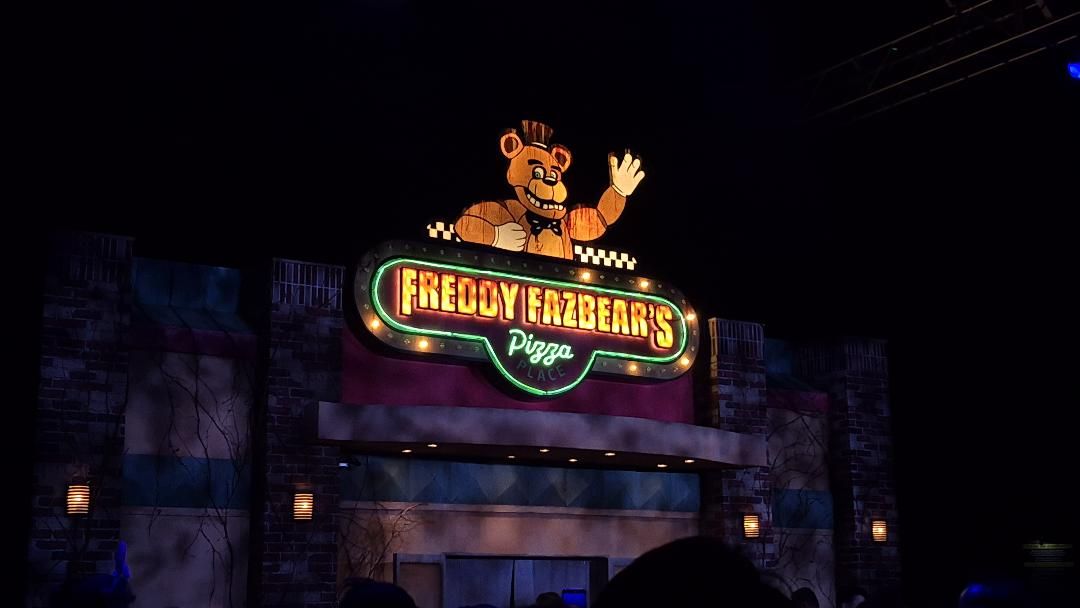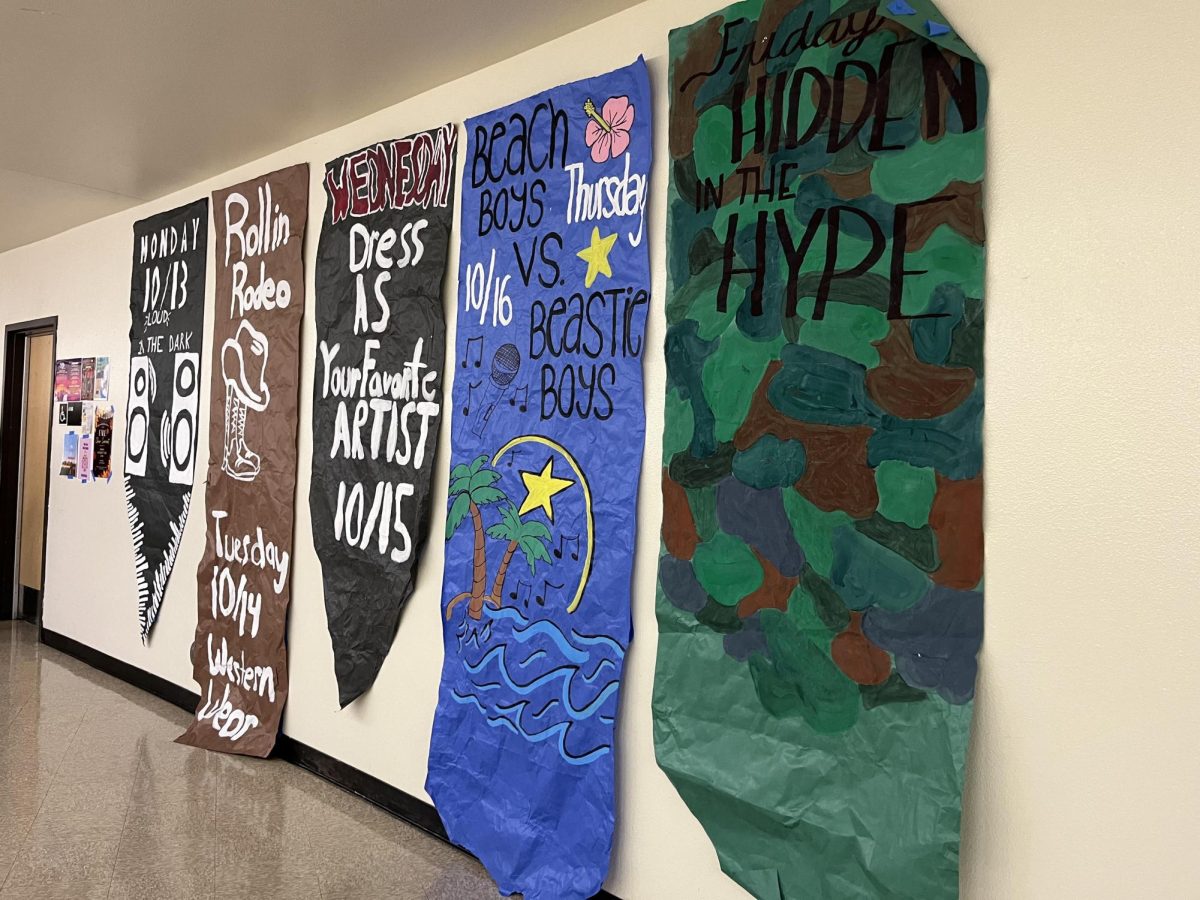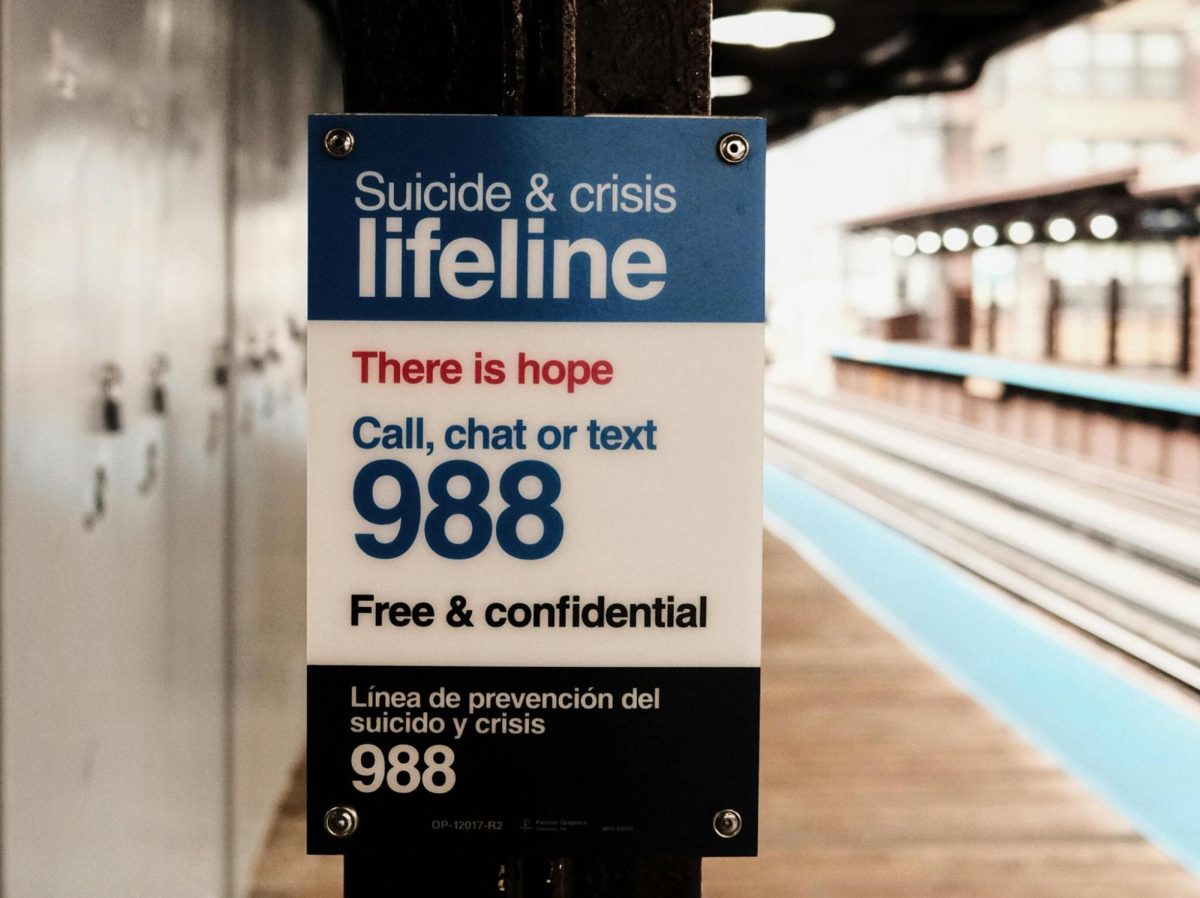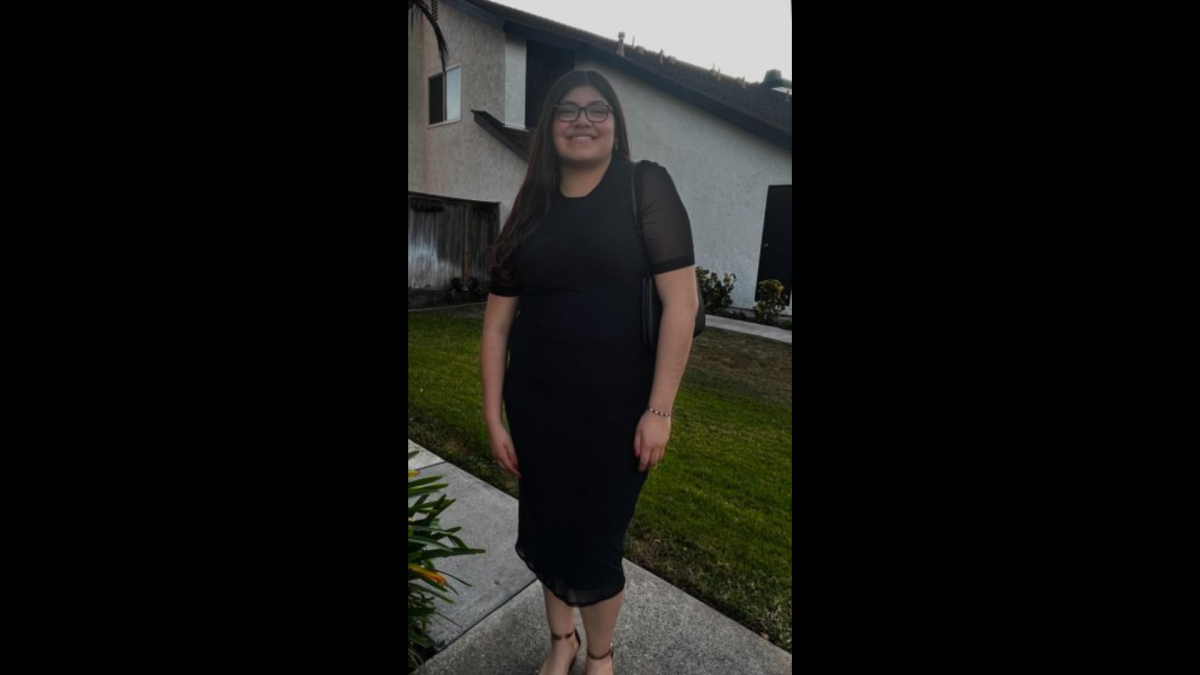For the past few months, schools have been participating in encouraging their students to log and keep track of their reading on Beanstack. The program has well over 15,000 libraries and schools using it to engage reading. This program is a great tool for keeping track of how often students read, what books they’ve finished, and how many minutes exactly they’ve read. It also keeps track of which schools have logged the most minutes and read the most books, allowing students and staff alike to compete for a place on the leaderboard and the benefits that may come with it.
Our school, for example, offers ROAR cards, snacks, and even supplies as rewards for students who log their reading. Depending on the badges earned on the student’s account, they can claim multiple ROAR cards.
“For rewards, our stash changes as new things are received and handed out. Currently, smaller goals are rewarded with ROAR cards and Beanstack stickers, pins, and bookmarks. We want to celebrate students’ personal reading achievements as well as their taking ownership over their reading journey. Later rewards currently include a choice of a book from our books to hand out collection, art supplies, book lights, blankets, card games, headphones, water bottles, cups, tote bags, and some other small things. The district sends us additional things every summer to add to our stockpile, but we also get donations once in a while from teachers. Currently, we have a box of Disney pins and lanyards available as well. We also take student suggestions for things we should get for rewards,” explains Richard Robinson, Library Media Tech
Segerstrom High School is usually in the top 10 on the overall SAUSD leader board of Beanstack. Meanwhile, the top 5 schools on the leader board can go from over 1,000 minutes. Rewards can be redeemed from achievements or badges completed on Beanstack. Examples would be reading a certain number of minutes, keeping a streak on the program, and more. ROAR cards can be used to enter raffles, redeem gift cards, or claim various prizes. These rewards and achievements encourage more students to utilize the program. This also allows the library staff to follow up on which grade reads the most and how much they have improved.
”I think since we started using Beanstack, we have gotten a few more students into reading. Some students like the accountability of seeing their reading log filling up or keeping a reading streak going. A lot of our main users are the ones who read a lot before, so it is nice to see them using the app. Most of the usefulness comes with being able to see the statistics that come along with the program. One of the more public statistics is the use by grade level. For Battle of the Grades, we can see that the juniors are not logging their reading. Because of that, we’ve been checking in on them a little bit more, talking to their teachers and classes. From my observations, it’s not really that they aren’t reading, it’s that they aren’t logging the reading. Maybe it’s a social thing or maybe it’s a technology thing. I’m not too sure,” summarizes Richard Robinson, Library Media Tech
This program not only encourages students to log their reading in the program, but also to check out more books. Students can take a look at the library and find a book they may enjoy. This allows the library and the participants both to gain benefits from promoting and using Beanstack. Through Beanstack, students are given another opportunity to discover new genres and different aspects of reading they could enjoy.

